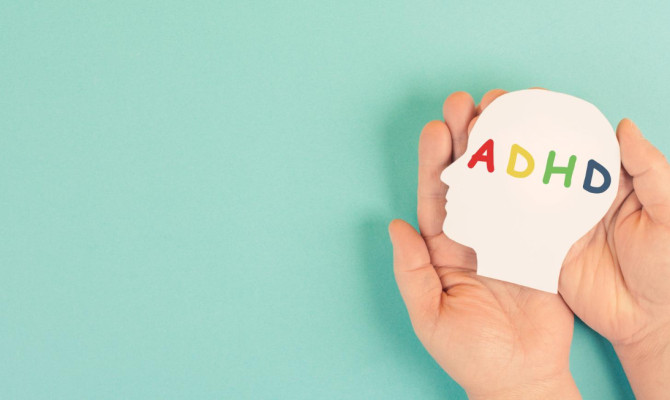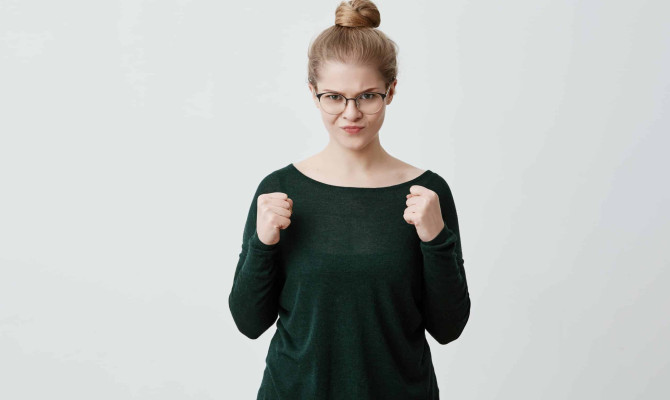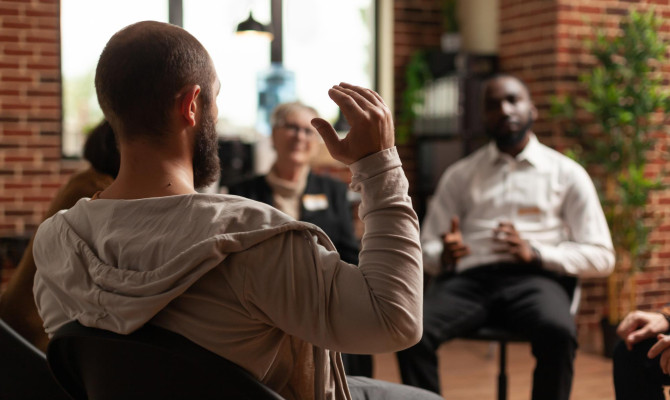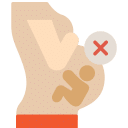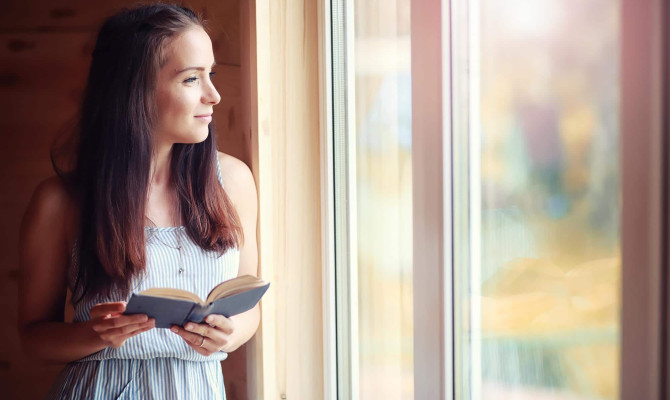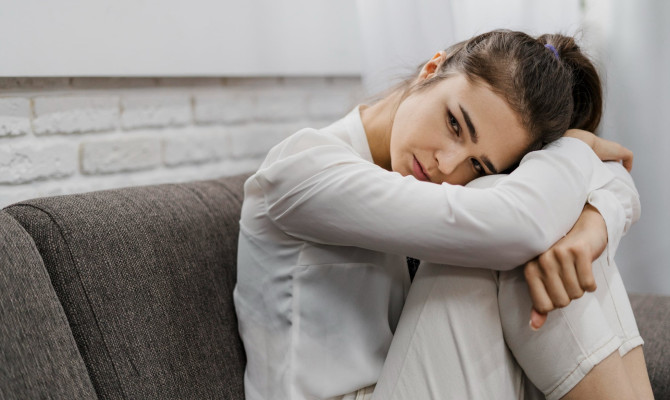Understanding Phobias: Causes and Treatment

- Phobias
- 22 Aug 2023
Overview
What is Phobia?
Excessive and unreasonable fear of certain things, situations, or actions is a phobia. It is a form of anxiety disorder characterized by a persistent, intense fear disproportionate to the threat that the feared thing or circumstance poses. People frequently go to considerable lengths to avoid the thing or event they are afraid of, and this avoidance behavior can interfere with people’s everyday activities.
This article explores the complex world of phobias, providing insights into its numerous forms and highlighting the effects of phobias on people’s lives and their capacity to function in daily situations.

Symptoms
Symptoms of Phobia
It can take many forms and seriously affect a person’s emotional, psychological, and physical health.
There are three basic types of symptoms:
- Emotional Symptoms
- Behavioral Symptoms
- Physical Symptoms
Emotional symptoms
- Extreme fear or anxiety when faced with the feared thing, circumstance, or the possibility of coming across it.
- Persistently expecting the feared object, which heightens anxiety or distress.
- Having a sense of being out of control or impending disaster when exposed to the phobic stimulus.
- Having a strong need to avoid the phobic stimulus at all means.
- Having excessive or illogical fear that you are aware of yet cannot manage or reduce.
Behavioral symptoms
- Putting much effort into avoiding the feared thing or activity may include altering daily schedules or avoiding specific locations.
- Significant discomfort or misery while enduring the phobic condition, frequently accompanied by outward displays of dread such as trembling, sobbing, or freezing.
- Requiring a friend or looking for confirmation when exposed to a phobic stimulus.
- Feeling the need to flee or abandon the circumstance right away.
- Considerable interference with relationships, social functioning, or daily activities.
Physical symptoms
- Heart palpitations or a fast heartbeat
- Respiratory issues or shortness of breath
- Sweaty or clammy hands that are cold
- Shaking or trembling
- Experiencing fainting or dizziness
- Nausea or abdominal pain
- Stiffness or pain in the chest
- Bursts of heat or cold
It is essential to remember that the specific symptoms felt can differ from person to person and can vary in severity.5Symptoms| Researched based study from Nhs.uk
Causes
Causes of Phobia
The underlying elements, which frequently include genetic, environmental, and psychological impacts, can vary and have a variety of causes. The following list of typical reasons and contributing elements: genealogy and genetics
According to research, phobias may have a hereditary component, and people with a family history of anxiety disorders may be more prone to having them.
Bad or traumatic experiences
- It can occasionally result from traumatic occurrences or unfavorable contact with particular things, circumstances, or events. For instance, a person in a car accident might become afraid of driving or riding in a car.
Learned conduct
- Either direct instruction or observation can be used to learn it. For instance, a youngster might respond similarly if they see their parent or sibling expressing dread or anxiety towards something.
Cognitive effects
- Cognitive biases and negative thought patterns can support the emergence and perpetuation of phobias. Catastrophic thinking, in which one imagines the worst-case scenario, may increase anxiety and fuel the dread.
Classical conditioning and conditioning
- They can be learned by classical conditioning, in which a neutral stimulus begins to be linked to a bad event or a frightened reaction. For instance, if a person has a panic episode on a lift, they can develop a phobia of lifts.
Social and cultural factors
- Specific phobias may emerge as a result of cultural and socioeconomic influences. Cultural beliefs or societal communication, for example, may have an impact.6Causes| Researched based study from Nlm.nih.gov
Types
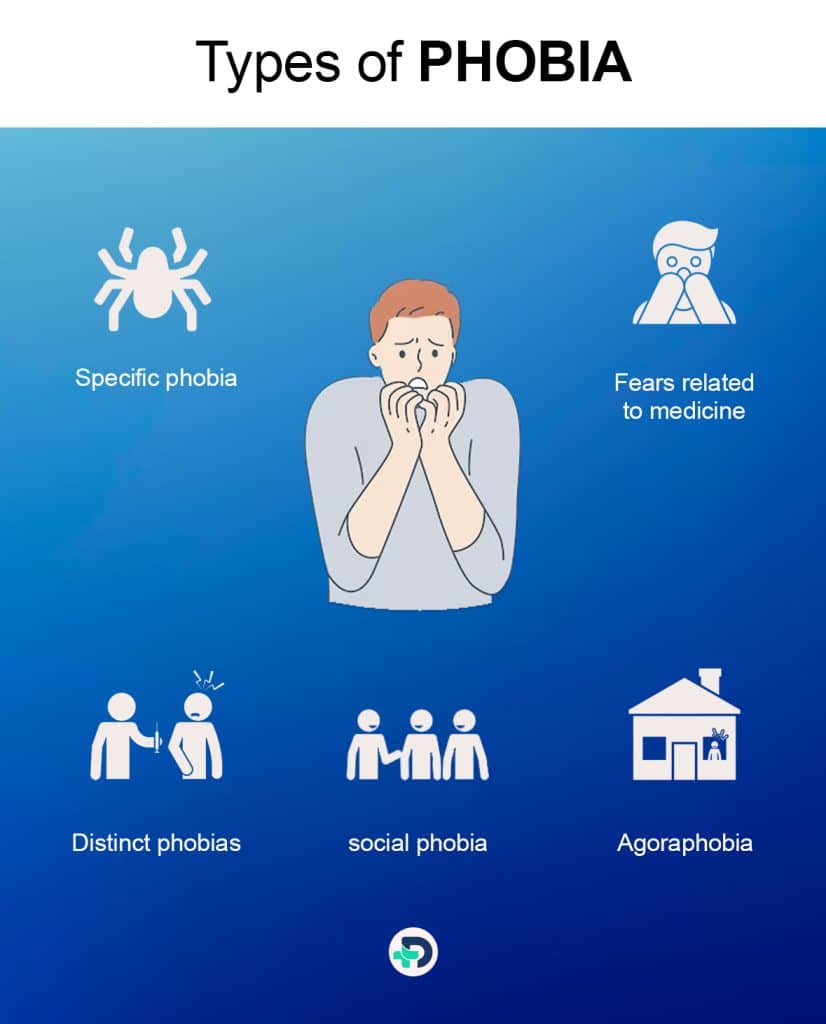
Types of Phobia
They can be divided into several types; the following are some of the most popular ones:
Specific phobia
- A dread of a particular thing, circumstance, or action characterizes these phobias. Animal phobia, for instance, is the dread of a specific animal, such as a spider (arachnophobia), a snake (ophidiophobia), a dog (cynophobia), or an insect (entomophobia).
Phobias related to the environment
- Fear of certain natural events or components, such as heights (acrophobia), water (aquaphobia), storms (astraphobia), or the dark (nyctophobia).
Fears related to medicine
- Fear of specific medical conditions, procedures, injections (trypanophobia), blood (homophobia), or other bodily fluids.
Situational
- Fear of particular conditions, such as flying (aviophobia), being in an enclosed place (claustrophobia), or being around a lot of people (agoraphobia).
Other specific phobias
- Fear of specific things or behaviors, including clowns, needles, or public speaking (aichmophobia, coulrophobia).
A social anxiety disorder called social phobia
- This involves a solid aversion to social interactions and the fear of ridicule, embarrassment, and judgment from others.
- Some examples include fear of social situations, public speaking, or being the center of attention.
Additional distinct phobias
- Fear of clowns, needles, or public speaking (aichmophobia, coulrophobia).
Agoraphobia
- This phobia is the fear of being in circumstances where getting out or getting help can be challenging or strenuous. It frequently results in avoiding crowded areas, wide open spaces, or events that are considered unsafe.
Specific phobia subtypes
- Subtypes that are more specific to particular cultures or environments may exist. For instance, specific phobias connected to cultural practices or supernatural beliefs may exist in various communities.
The list must be more comprehensive because they differ significantly depending on personal experiences and cultural considerations.1Types| Researched based study from Nlm.nih.gov ,2Types| Researched based study from Nlm.nih.gov ,3Types| Researched based study from Nlm.nih.gov ,4Types| Researched based study from Nlm.nih.gov
Treatment
Treatment of Phobia
CBT, or cognitive behavioral treatment
- Identifying and confronting linked illogical attitudes and beliefs is frequently regarded as the first-line treatment.
- Individuals learn to replace unhelpful thoughts with realistic and uplifting ones through cognitive restructuring.
- Behavioral approaches like systematic desensitization and exposure therapy are also used to gradually expose people to the frightened object or scenario in a regulated and supportive way.
Exposure therapy
- It focuses on introducing people to the feared thing gradually and methodically so that they can face their concerns in a secure setting.
- Exposure can be achieved through visual media, virtual reality, or in-person encounters. Repeated exposure over time helps to lessen reactions and anxiety.
Medications
- In some circumstances, doctors may recommend medications to treat the symptoms.
- To lessen worry and distressing symptoms, people with anxiety may benefit from using SSRIs (selective serotonin reuptake inhibitors) and other antidepressants or anxiety drugs.
- Medication may be used alone or with therapy, depending on the particular demands.
Techniques based on mindfulness
- Deep breathing exercises and other mindfulness techniques can help people become more aware of their thoughts, emotions, and physical sensations.7Treatment| Researched based study from Nlm.nih.gov ,8Treatment| Researched based study from Nlm.nih.gov
Bottom Line
The bottom line
Phobias are excessive, illogical worries that can have various root reasons, such as a genetic propensity, traumatic events, learned behavior, and cognitive variables.
Promoting a tolerant and inclusive society requires increasing understanding and developing empathy for others. By understanding the complexity, we can create an environment that encourages honest communication, lessens stigma, and offers efficient support.
Any feedback on this article?
 This Articles content was accurate
This Articles content was accurate Very Informative Article
Very Informative Article I have a question or a comment
I have a question or a comment
 This article contains inaccurate content
This article contains inaccurate content This article was not helpful
This article was not helpful I have a question or a comment
I have a question or a comment
We appreciate your helpful feedback!
Checkout our social pages
References
-
National Library of Medicine
Specific Phobia | Types
-
National Library of Medicine
Specific phobias | Types
-
National Library of Medicine
Associations of specific phobia and its subtypes with physical diseases: an adult community study | Types
-
National Library of Medicine
Specific Phobia among U.S. Adolescents: Phenomenology and Typology | Types
-
National Health Service
Phobias | Symptoms
-
National Library of Medicine
Neurobiology of fear and specific phobias | Causes
-
National Library of Medicine
Recent developments in the intervention of specific phobia among adults: a rapid review | Treatment
-
National Library of Medicine
Short Term Treatment Of Phobias | Treatment













